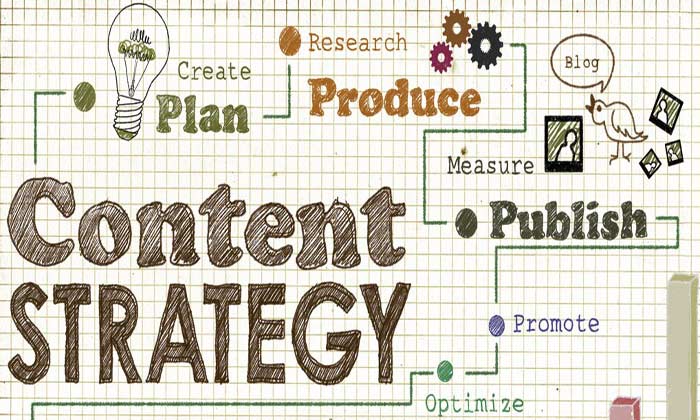Content Strategy Development
What is Content Strategy Development?
Definition:
“Content Strategy Development” is the process of planning, creating, and managing content in a way that aligns with business goals, user needs, and overall brand messaging. It involves the strategic use of content to attract, engage, and retain a target audience. Content strategy development encompasses defining the purpose of content, identifying the target audience, choosing appropriate channels, and establishing guidelines for creating, distributing, and measuring the impact of content.
Analogy:
Think of Content Strategy Development as architecting a city plan. Just as a city plan considers the purpose of each building, the flow of traffic, and the needs of its residents, content strategy development involves designing a blueprint for content that meets specific objectives, guides user journeys, and aligns with brand values.
Further Description:
Content strategy development involves a holistic approach to content creation, distribution, and management. Key elements include:
- Content Planning: Defining the goals, objectives, and key performance indicators (KPIs) for content creation.
- Audience Analysis: Understanding the target audience’s preferences, needs, and behaviors to tailor content accordingly.
- Channel Selection: Identifying the most effective channels (websites, social media, email, etc.) to reach the target audience.
- Tone and Style Guidelines: Establishing a consistent tone and style to ensure a cohesive brand voice across all content.
- Content Creation and Distribution: Developing high-quality content and deploying it through chosen channels based on the content plan.
- Performance Measurement: Analyzing content performance using metrics such as engagement, conversion rates, and audience feedback.
Why is Content Strategy Development Important?
- Consistency: A well-defined content strategy ensures consistency in messaging, branding, and user experience across various channels.
- Audience Engagement: Tailoring content to the preferences and needs of the target audience enhances engagement and builds stronger connections.
- Efficiency: Having a clear strategy streamlines the content creation process, making it more efficient and cost-effective.
Examples and Usage:
- Blog Content Strategy: Planning a blog content strategy involves defining topics, tone, and frequency to engage a specific readership.
- Social Media Strategy: Developing a social media content strategy includes selecting platforms, determining posting schedules, and crafting content to resonate with the target audience.
- Email Marketing: Content strategy in email marketing involves creating valuable, relevant content that aligns with business goals and user interests.
In summary, Content Strategy Development is the systematic planning, creation, and management of content to achieve business objectives, engage a target audience, and uphold brand consistency.
Key Takeaways:
- Content Strategy Development involves planning, creating, and managing content strategically.
- Key elements include content planning, audience analysis, channel selection, tone and style guidelines, content creation, and performance measurement.
- It ensures consistency, enhances audience engagement, and improves efficiency in content creation.
- Examples include blog content strategy, social media strategy, and email marketing content strategy.
Table of Contents





